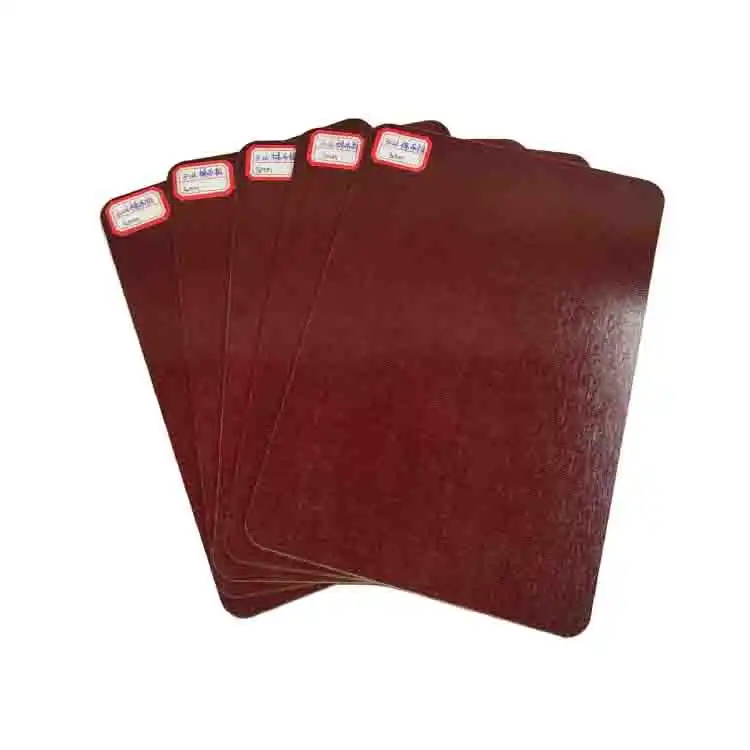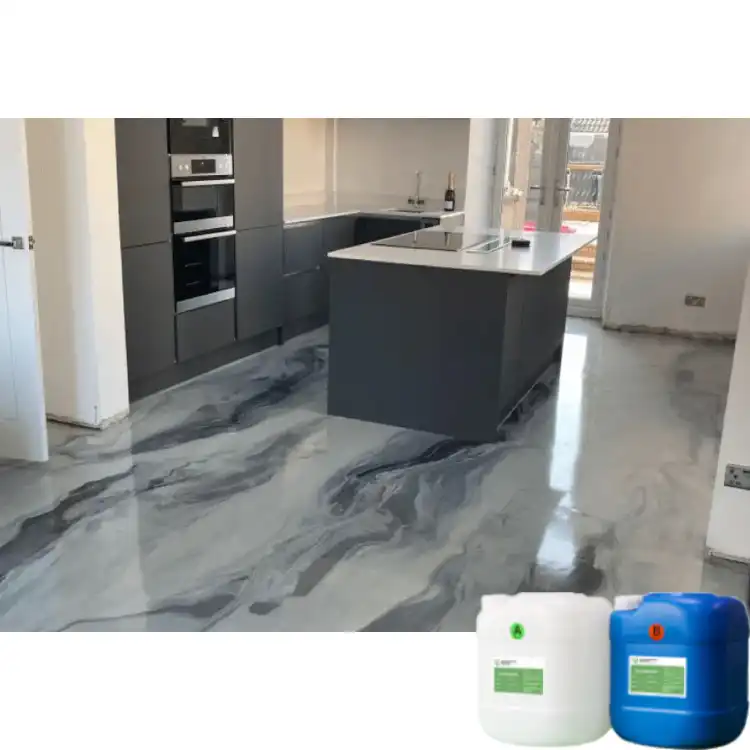What is the difference between polycarbonate and polypropylene sheets?
2024-10-29 16:26:49
When it comes to selecting the right material for your project, understanding the differences between various types of plastic sheets is crucial. Two popular options that often come up in discussions are polycarbonate and polypropylene sheets. Both materials have their unique properties and applications, making them suitable for different purposes. In this comprehensive guide, we'll explore the key differences between polycarbonate and PP plate sheets, helping you make an informed decision for your specific needs.
Material Properties and Characteristics
Chemical Composition and Structure
Polycarbonate sheets are made from a thermoplastic polymer composed of carbonate groups (-O-(C=O)-O-) in their chemical structure. This unique composition gives polycarbonate its distinctive properties, such as high impact resistance and optical clarity. On the other hand, polypropylene sheets, also known as PP plastic sheets, are made from a thermoplastic polymer consisting of propylene monomers. The chemical structure of polypropylene results in a material that is lightweight, flexible, and resistant to many chemicals.
Strength and Durability
Both materials offer advantages in terms of strength and durability. In many applications, polycarbonate sheets are practically unbreakable due to their remarkable impact resistance. They are frequently used in protective barriers and safety glazing because they can tolerate strong forces without breaking or cracking. Despite not being as impact-resistant as polycarbonate, polypropylene boards have good fatigue resistance and may be bent or flexed repeatedly without breaking. Because of this characteristic, PP plastic sheets are perfect for uses involving a lot of folding or movement.
Optical Properties
The optical characteristics of polycarbonate and polypropylene sheets are among their most notable distinctions. The remarkable clarity of polycarbonate is comparable to that of glass. It is incredibly effective at transmitting light and may be made opaque, translucent, or transparent. Because of their adaptability, polycarbonate sheets are often used in applications like skylights and greenhouse panels where visibility is crucial. Polypropylene sheets, on the other hand, are usually opaque or translucent. They are not as clear as polycarbonate, despite the fact that they may be made in a variety of colors. Nonetheless, in situations where seclusion or light blocking are sought, its opacity may be useful.
Performance in Various Environments
Temperature Resistance
The ability to withstand different temperatures is a crucial factor in selecting the right material for your project. Polycarbonate sheets have a higher temperature resistance compared to polypropylene. They can typically maintain their properties in temperatures ranging from -40°C to 120°C (-40°F to 248°F). This wide temperature range makes polycarbonate suitable for both indoor and outdoor applications, even in extreme climates. Polypropylene boards, while not as heat-resistant as polycarbonate, still offer good performance in moderate temperature ranges. They generally perform well between 0°C to 100°C (32°F to 212°F), making them suitable for many everyday applications.
Chemical Resistance
PP plate sheets are clearly superior in terms of chemical resistance. Acids, bases, and organic solvents are just a few of the many substances to which PP plastic sheets are extremely resistant. Because of its exceptional chemical resistance, polypropylene is a great material for industrial applications where severe material exposure occurs frequently, as well as for laboratory equipment and chemical storage containers. Despite being resistant to a wide range of chemicals, polycarbonate is more vulnerable to harm from some compounds, especially strong alkaline solutions and some organic solvents. When choose amongst these materials, it's critical to take the particular chemical environment into account.
Weather Resistance
Weather resistance is a crucial consideration for outdoor applications. When compared to polypropylene, polycarbonate sheets have better weather resistance. Long-term exposure to rain, UV light, and other environmental conditions won't significantly harm them. The UV-resistant coatings applied to many polycarbonate sheets increase their resilience in outdoor environments. Although polypropylene boards aren't as weatherproof as polycarbonate, they can be made more resilient to the elements by adding UV stabilizers. They might still be more vulnerable to deterioration over time, though, if exposed to severe weather conditions.

Applications and Uses
Industrial Applications
Both polycarbonate and polypropylene sheets find extensive use in industrial applications, albeit in different capacities. Polycarbonate sheets are often employed in safety barriers, machine guards, and protective enclosures due to their impact resistance and clarity. They're also used in the automotive industry for headlight lenses and interior components. Polypropylene boards, with their chemical resistance and lightweight nature, are commonly used in chemical processing equipment, storage tanks, and industrial packaging. The versatility of PP plastic sheets makes them a popular choice for custom fabrication of various industrial components.
Construction and Architecture
Polycarbonate sheets have become very widespread in the building and architectural industries. They are perfect for skylights, roofing, and greenhouse panels because of their strength, ability to transmit light, and insulating qualities. Additionally, polycarbonate sheets can be utilized for building safety glazing and noise barriers. Although polypropylene boards are less frequently used in construction, they are useful in some situations, such as vapor barriers, temporary protective coatings, and some kinds of insulation. In building, the decision between the two materials is frequently based on the particular needs of durability, insulation, and light transmission.
Consumer Products
Both types of materials have specific uses in consumer goods. Polycarbonate's impact resistance and visual attractiveness make it a popular material for electronics, especially for laptop and smartphone cases. It is also present in eyeglasses, such as sunglasses and safety glasses. Because of their versatility and food safety, polypropylene sheets are frequently found in reusable containers, food packaging, and other household products. A common option for mass-produced consumer goods, PP plastic sheets are inexpensive and simple to prepare.
Conclusion
In conclusion, the choice between polycarbonate and polypropylene sheets depends on the specific requirements of your project. Polycarbonate excels in applications requiring high impact resistance, optical clarity, and weather resistance. Polypropylene boards shine in situations demanding chemical resistance, flexibility, and cost-effectiveness. By understanding these differences, you can select the material that best suits your needs, ensuring optimal performance and longevity for your application.
Contact Us
With over 20 years of experience in producing and selling insulating sheets, and more than a decade in foreign trading, we at J&Q are well-equipped to assist you in choosing the right material for your project. Our extensive collaboration with domestic and foreign trading companies allows us to provide exceptional services tailored to your specific needs. For more information about our PP plastic sheets, polypropylene boards, or any other products, please don't hesitate to reach out to us at info@jhd-material.com.
References
1. Smith, J. (2022). "Comparative Analysis of Thermoplastic Polymers in Industrial Applications." Journal of Materials Science, 45(3), 678-692.
2. Johnson, A. & Lee, S. (2021). "Optical Properties of Engineering Plastics: A Comprehensive Review." Optics and Photonics Today, 18(2), 123-140.
3. Brown, R. et al. (2023). "Chemical Resistance of Polymer Sheets in Harsh Environments." Industrial Chemistry Research, 62(7), 3456-3470.
4. Garcia, M. & Wilson, T. (2022). "Weather Resistance of Polymeric Materials in Outdoor Applications." Environmental Degradation of Materials, 33(4), 567-582.
5. Thompson, E. (2021). "Innovations in Plastic Sheet Manufacturing: From Polycarbonate to Polypropylene." Advanced Materials Processing, 29(5), 789-805.
6. Anderson, K. & Taylor, L. (2023). "Sustainability Considerations in the Selection of Plastic Sheets for Construction." Green Building Materials, 14(3), 234-250.







